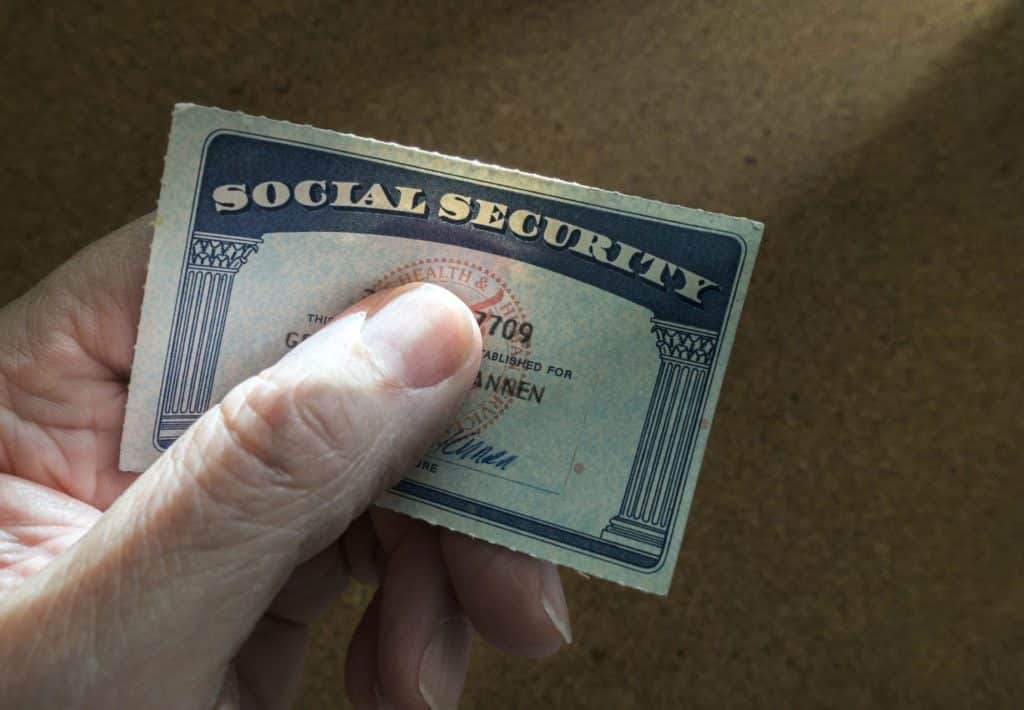
Should I agree to Be an Executor of an Estate?
Usually when asked to be the executor of a family member’s estate, the person feels honored and trusted. It’s a big responsibility, since the executor will be carrying out a person’s final wishes.
Call us Anytime
Laurel, MD 20707
Downs Law Firm, P.C.
Home • Social Security • Page 2

Usually when asked to be the executor of a family member’s estate, the person feels honored and trusted. It’s a big responsibility, since the executor will be carrying out a person’s final wishes.

Here’s a closer look at the seven biggest changes to Social Security in 2021

Building enough wealth to sustain yourself in retirement is a monumental achievement. However, financial planning doesn’t end when you no longer rely on a paycheck.

The list of things you need to do after someone dies can seem endless, especially during a time when you are also grieving.

As our children with disabilities grow older, and we ourselves grow older, the future can seem daunting. The future can be overwhelming.

Lawmakers in the U.S. House of Representatives are looking to significantly increase that ceiling, with a bill introduced this month that would raise SSI’s asset limit to $10,000 for an individual and $20,000 for couples.

One of the great things about being retired is that you no longer have a job tethering you to a particular location. You have the freedom to move. However, just because you can pick up and go, doesn’t mean it’s a good idea to go just anywhere.

Although it’s common to point out why it might make sense to delay taking Social Security benefits, there are legitimate reasons for some people to claim their benefits sooner rather than later.

Let’s take one couple, Tom and Louise, who have been married to each other for over 50 years and live in the same home they bought when they first got married.

The Social Security scam is circulating once again, and officials want to stop it from claiming more victims.